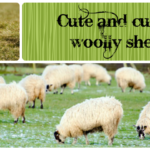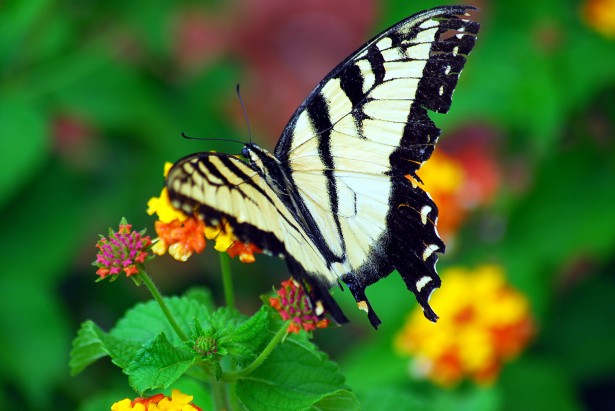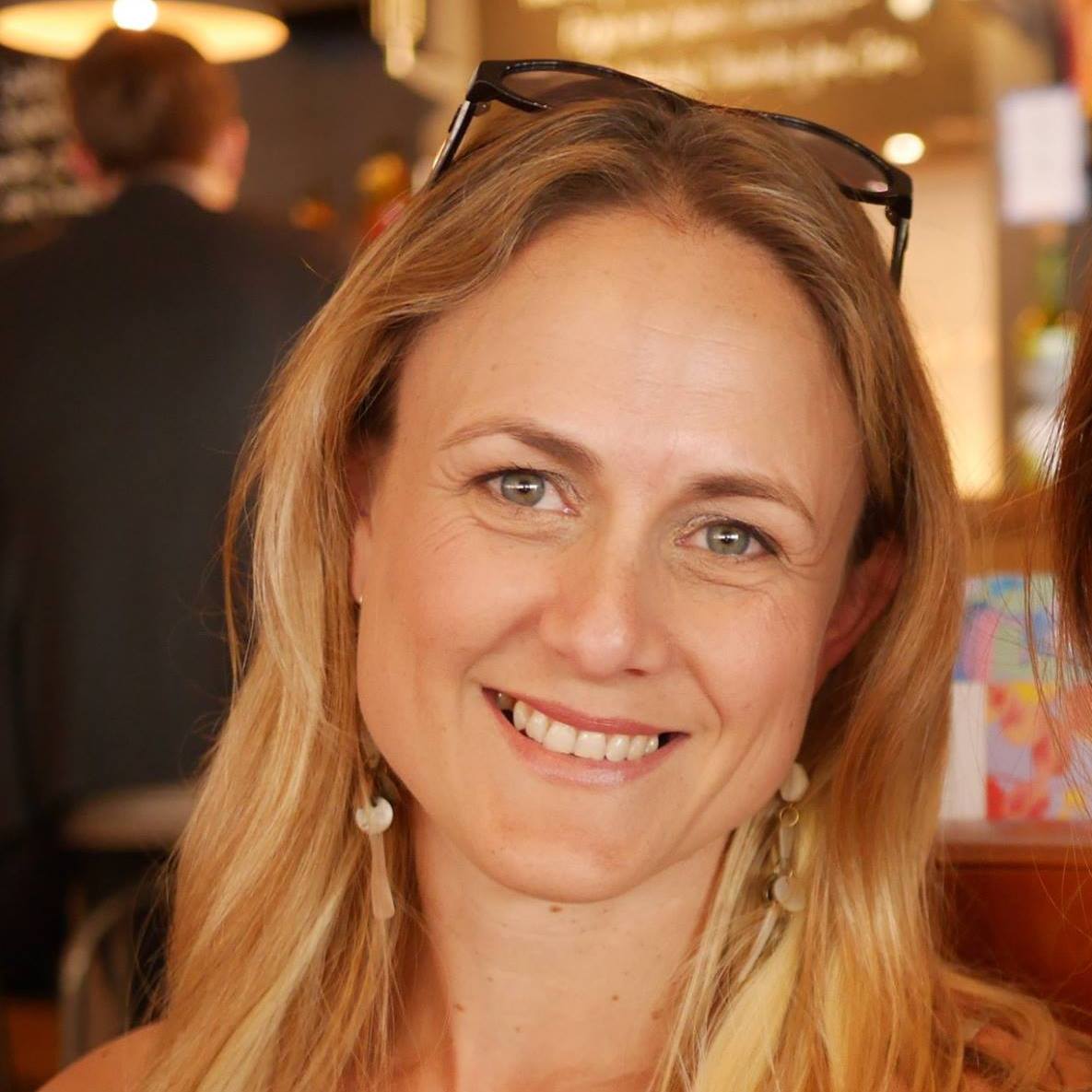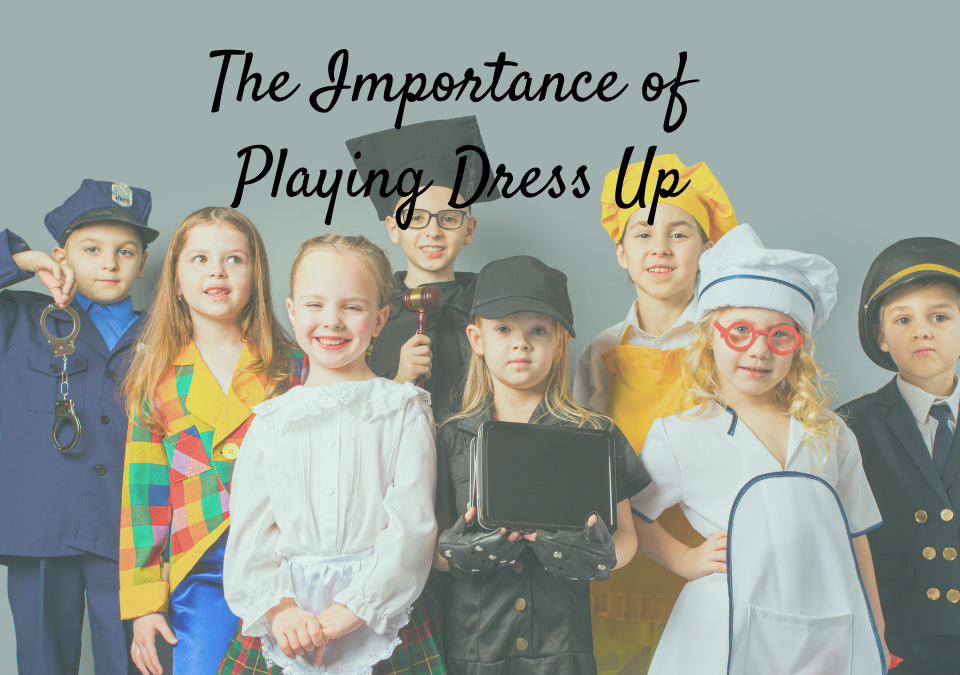
12 Awesome Songs for Spring and Easter

Cute and Cuddly Woolly Sheep

It’s always fun to make butterflies as a craft activity. In this post I will be sharing a few ideas of different ways to make butterflies with your small children. These cute and unusual butterflies are great fun to make and use a variety of different techniques. Get your little one exploring natural materials and shapes as well as using paint, glue and paper.
Table of Contents
Leaf Butterflies
Age group: 2 years+
What you need:
- Leaves (try to collect fresh ones with a pronounced vein structure. Dry leaves will crumble)
- paint (in whatever colours you want the wings)
- paper
- glue
- scissors
- felt tip pens
- foam pads used for dish washing
- plates
What to do:
- Make a paint ink pad by pouring some watered down paint onto a foam pad which is on a plate.
- Press the leaf into the pad-veiny side down
- Press the leaf onto a piece of paper.
- Repeat until you have made many prints. You will need 4 per butterfly.
- Cut out a rounded bottom triangle for the body and two strips for antennae
- When the leaf prints are dry. cut them out.
- Lay 4 leaves in a x shape and glue the body on top with the pointed end towards your body.
- Add the antennae (curl the tips for a cute look) to the head using glue
- Finish off your butterfly using felt tip pens to draw a face.
- You can add glitter to the wings if you like a bit of sparkle.
TIP:
- take some time to look a pictures of butterflies in books or on the internet.
- Find out which ones are common to your area and see if you can spot them when you are out.
- Look at their life cycle and find out what they eat
- Visit a butterfly park/house if possible
- Read books about Butterflies and Moths. There are some really cute ones about caterpillars in the kids section of most good libraries.
Dangly Butterflies
These are really beautiful hanging in the window at Spring time. Make a few strings of them to bring some whimsical freshness to your home.
Age group: 2 years +
What you need:
- Coloured card or shiny gift wrap
- Sticky back plastic
- Sequins
- glitter
- String or wool or even nylon cord
- Drinking straws
- beads
- scissors
- glue
What to do:
- Fold the card or paper in half and draw a butterfly wing against the fold. Cut it out.
- Draw another smaller wing within the wing shape and cut it out. Unfold it to reveal a outline of a pair of wings.
- Stick the butterfly onto sticky back plastic.
- In the open spaces, decorate with sequins and glitter.
- Place more sticky back plastic on the butterfly to sandwich it. Cut around the entire butterfly.
- Cut the drinking straw the length of the body you want.
- Glue it to the butterfly wings and allow to dry.
- Thread string or wool through the straw and tie the bead to the end to stop the butterfly slipping off.
- Leave a little space and tie another knot with a bead and thread the next butterfly.
- Repeat this until all your butterflies are hanging. 3 butterflies to a string usually looks great.
- Tie them in front of a window so that the sunlight can shine through the wings.
Quick and Easy Butterfly
A quick and easy spring butterfly using things you have lying around the house!
Age group: 2 years +
What you need:
- Straws
- Glue and sticky tape
- A pair of scissors
- Paper (coloured or plain)
- Scraps of colour paper or stickers
What to do:
- Cut a butterfly wings shape by folding the paper in half and cutting along the edge.
- Glue paper shapes, scraps, stickers onto the wings.
- Cut a small slit into the straw and split to create antennae.
- Stick the wings on to the straw.
Tips: The stick at the bottom means it can stand in a flower pot. You can make other bugs and insects in the same way.
Take the opportunity to:
- Find out more about butterflies in books or online.
- What do they eat?
- Look at their life cycle.
- Habitats: where can they be found?
- Learn some names of the common butterflies for your area.
- Take a look at the patterns on their wings and talk about how they are the same on each side.

I am a preschool and primary school teacher and mum to 3 children. I have been involved in education since 1997 and have trained in a variety of educational specialist areas. It is with this expertise that I write articles to help parents and educators provide quality learning experiences for the children in their care.




